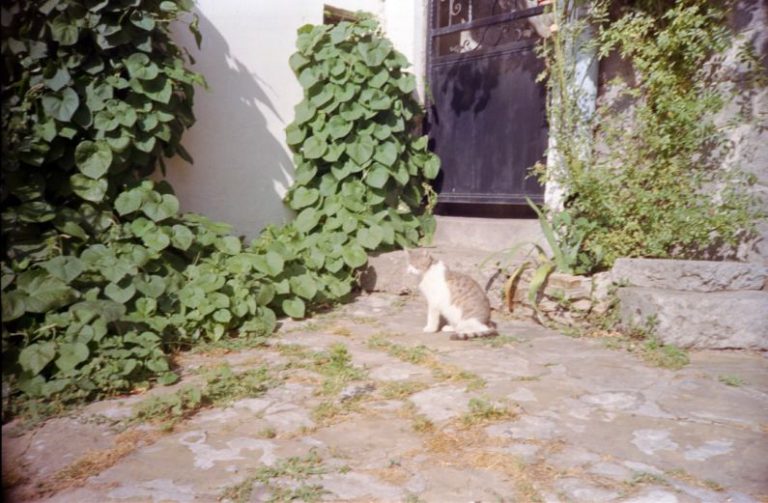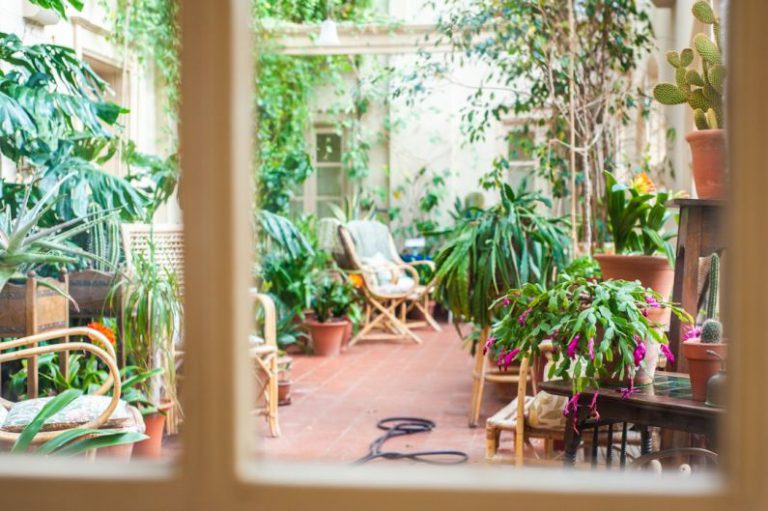How to Set up a Composting System for Your Garden Waste?
Composting is an eco-friendly way to manage your garden waste while also creating nutrient-rich soil for your plants. It is a simple and effective process that anyone can do, and it can greatly benefit your garden in the long run. In this article, we will guide you through the steps of setting up a composting system for your garden waste.
Choose the Right Location
The first step in setting up a composting system is to choose the right location for your compost pile or bin. Ideally, it should be placed in a well-drained area that receives partial sunlight. Avoid placing it too close to your house or any other structures, as the composting process can produce odors.
Select the Right Composting Method
There are several methods of composting to choose from, depending on your preferences and available space. The most common methods include traditional composting piles, compost bins, and vermicomposting. Traditional composting piles are the simplest and most cost-effective method, while compost bins and vermicomposting require more setup but offer greater control over the composting process.
Gather the Right Materials
To start your composting system, you will need a mixture of “green” and “brown” materials. Green materials include fresh grass clippings, kitchen scraps, and plant trimmings, while brown materials include dried leaves, straw, and wood chips. Aim for a ratio of about 3 parts brown materials to 1 part green materials. Avoid adding meat, dairy products, and oily foods to your compost pile, as these can attract pests.
Build Your Compost Pile
If you have chosen the traditional composting method, start by building a compost pile directly on the ground. Begin with a layer of brown materials, about 6 to 8 inches thick, to provide aeration and drainage. Then add a layer of green materials, about 2 to 3 inches thick. Continue alternating layers until the pile is about 3 feet high. Water each layer lightly to ensure moisture throughout the pile.
Maintain Your Compost Pile
Once your compost pile is built, it requires regular maintenance to ensure proper decomposition. Turn the pile every few weeks using a pitchfork or shovel to aerate it and speed up the decomposition process. Keep the pile moist, but not soggy, by watering it periodically. If the pile becomes too dry, it may slow down the decomposition process.
Harvest Your Compost
After several months, your compost will be ready to use in your garden. It will be dark, crumbly, and have an earthy smell. To harvest your compost, simply remove the top layer of unfinished materials and use a shovel or rake to collect the mature compost from the bottom of the pile. You can then spread it on your garden beds or mix it with potting soil for container plants.
Benefits of Composting
Composting offers numerous benefits for your garden and the environment. It reduces the amount of waste sent to landfills, helps retain moisture in the soil, improves soil structure, and provides essential nutrients for plants. By setting up a composting system, you are not only reducing your carbon footprint but also creating a sustainable cycle of organic matter in your garden.
In conclusion, setting up a composting system for your garden waste is a simple and rewarding process. By choosing the right location, selecting the appropriate composting method, gathering the right materials, and maintaining your compost pile, you can create nutrient-rich soil for your garden while reducing waste. Start composting today and reap the benefits of a healthier garden and a greener planet.






